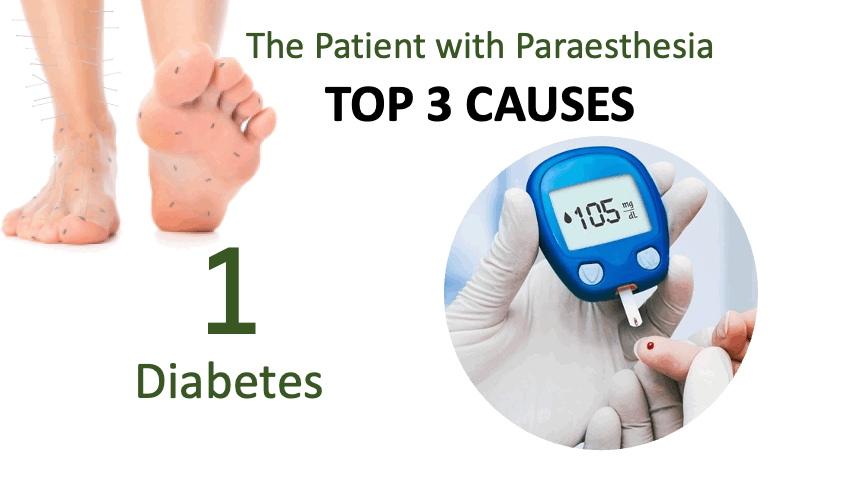 Burning, tingling, crawling, buzzing, humming, zapping, pins & needles, numbness: our patients often tell us about strange sensations they have in various parts of their body. It’s typically not their major concern, but they mention it as an aside, a curiosity, ‘another weird thing I get’. While they may have trivialised this, relative to their ‘real issues’ [insert gut, hormonal, mental health] we should do the opposite and bring this concern to top of the list to correctly identify the cause.
Burning, tingling, crawling, buzzing, humming, zapping, pins & needles, numbness: our patients often tell us about strange sensations they have in various parts of their body. It’s typically not their major concern, but they mention it as an aside, a curiosity, ‘another weird thing I get’. While they may have trivialised this, relative to their ‘real issues’ [insert gut, hormonal, mental health] we should do the opposite and bring this concern to top of the list to correctly identify the cause.
If bilateral sensory nerves are mis-messaging it typically means 1 of 2 things:
1. Nerve damage is occurring – and if allowed to progress this can become irreversible or extend to motor and central deficits
2. Nerves are irritated or impaired – and this tells you something ‘systemic’ is out of whack and these sensations are often the only alarm bell
The top cause of paraesthesia, falls into the first category and is of course diabetes – and yes even now diabetics will walk into your clinic not knowing they have this (a good old HbA1c should be routine to rule this out). Second on the list is alcohol dependence. The third most likely explanation for the patient with paraesthesia is nutritional. And in contrast to what many of us might incorrectly think, there is a long list of nutritional imbalances that can be responsible for either, nerve damage or irritation, and B12 deficiency is not in fact the most likely.
That’s right all you nutritional ninjas🐱👤 – that makes the correct identification of the cause & the solution our bag, right?
I mean who else is going to do this, accurately?
Asking the right questions about these sensations helps you to quickly confirm when a nutritional cause is likely. From there we need to know how each single micronutrient excess or deficiency or in the case of some, ‘sort of single’ nutrients (we all know people who sit in this category, right?! So why not nutrients 😂) are likely to present, via ‘easy-to-spot’ key characteristics that cover: pattern of distribution, speed of onset and progression, risk factors, accompanying features etc. In our final New Graduate mentoring session for 2021, a practitioner presented her patient who rated her concerns as 1) Fatigue 2) PMS 3) GIT issues & 4) Tingling & crawling sensations across limbs, face, lips and tongue…and I was like, whoa stop right there, you might just have given us the answer to all of the above~!~! Seriously. Here’s a clue: it wasn’t oral allergy syndrome and it wasn’t B12. Can you pick it?🤓
The Patient with Paraesthesia – Part 1
Patients often mention experiencing peculiar sensations: crawling, tingling, burning, as an aside, as a ‘oh and by the way’. But while it may not be their top priority – it should be ours. That’s because nutritional imbalances are the 3rd most common cause of these and timely treatment is essential to prevent progression to more serious issues. The list of potential nutrient deficiencies and excesses behind these, is long, but this recording, the first part of 2, will help you narrow the differentials, nail the diagnosis & the solution.
The Patient with Paraesthesia – Part 2
In this continuation of this topic, we discuss several less talked about nutrients whose deficiencies drive potent pathology for the nervous system & move onto a cluster group of minerals, whose imbalances create functional irritation rather than organic change. This episode includes a range of excellent resources from videos demonstrating in-house tests you can perform to aid diagnosis, as well as our own Ready Reference which assists correctly categorising the different paraesthesia patterns and the nutrient issues behind them
